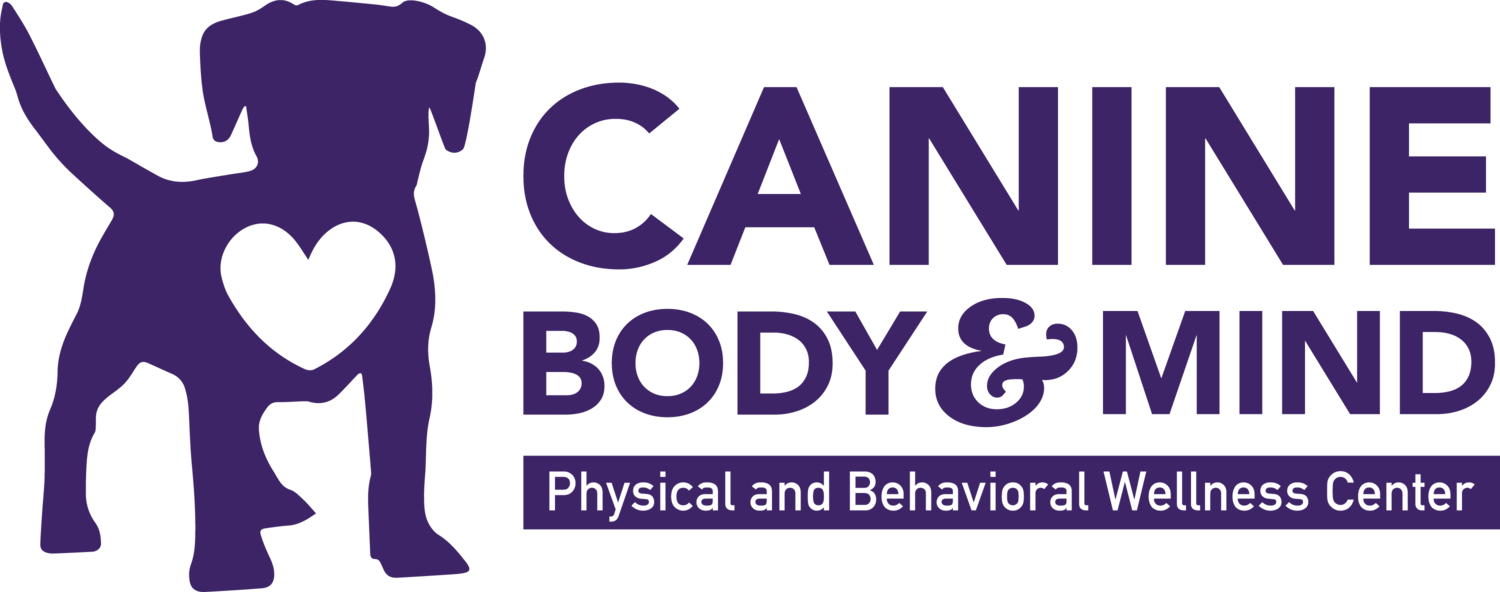How Do I Stop My Dog From Jumping?
Do you have a dog that just loves people and can’t help but jump all over them during greetings? This is a super common problem behavior in dogs. It can certainly be frustrating and lead to a lot of yelling at the dog. With any behavior problem it is important to prevent the unwanted behavior and teach new replacement behaviors instead. Here are some tips for doing just that.
Avoid Accidental Reinforcement
Jumping is an attention seeking behavior so at a minimum, when your dog jumps you should ignore them. Do not talk to them, look at them or touch them as any of these can be reinforcing for an attention seeking behavior. Even negative attention such as telling the dog “no, bad dog” or trying to push them off of you can be reinforcing enough to some individuals to perpetuate the behavior. Step away and turn away. When they are standing with four feet on the floor or have offered a sit or down then you need to be sure to reward them with your attention and petting for doing the right thing. Pet calmly with one hand and keep it brief initially.
Anticipate and Prevent
If you can anticipate that your dog is going to jump on someone then you need to be managing the situation to prevent that scenario from playing out. Otherwise you are essentially setting your dog up to fail. It is really important to prevent your dog from rehearsing jumping behavior. The more they practice this behavior the more patterned it becomes. Keep your dog on leash when around guests so that you can prevent them from rushing up and practicing jumping. You can keep them back away from the person until they are calm and you are ready to train.
When you are ready to have your dog greet someone, do so on leash and place treats on the floor in front of the person as they greet your dog. You can either scatter a handful of treats for your dog to forage for or place them on the ground one at a time in rapid succession. Feeding the dog from the floor will keep them oriented toward the ground and less inclined to jump. After your dog has finished the treats, move them away from the person. In this way you have facilitated a greeting in which the dog did not rehearse jumping.
Teach a Positive Interrupter
A positive interrupter or attention noise, is a sound that is used to interrupt an unwanted behavior without the fear or intimidation that can come from yelling "no" or "eh, eh" or "bad dog". The goal is for the dog to turn to the handler (and ideally offer eye contact) when they hear the attention noise (kissing sound, whistle, "pup, pup").
Once the dog has been taught to offer attention when they hear the attention noise, you can use it if they start to jump up as a way to interrupt the jumping and get them down without yelling.
Play the Red Light, Green Light Game
Often fast movement is very exciting to dogs and can cause dogs to start jumping. The Red Light, Green Light game is a great game for teaching your dog to transition from being very excited to being calm and is a great exercise to work on if you have children in the house or who visit regularly.
Move a few steps quickly and then stand still and ask for, or wait for your dog to offer, a sit. As soon as he/she does, mark ('yes") and reward. As he/she gets better, start to increase the criteria by only marking and rewarding when he/she offers the sit WITHOUT jumping first. If he/she does jump, do not reward, just try again. If he/she jumps twice in a row, make your movement less exciting the next time.
Make sure that you don't get your dog too excited at first so that you can get lots of successful repetitions where they do not jump in the first place.
Practice Polite Greetings
Teach your dog what you would like them to do instead of jumping when greeting a person.
If your dog likes to jump on you, reward your dog for standing with four feet on the floor (or for offering a sit) when the dog approaches you.
When someone is approaching you and your dog, pay your dog with a treat as often as you have to to keep them in a sit (or at least with four feet on the floor) and as infrequently as you can get away with. Hide the treat hand between rewards.
Tethered Greeting Game
This is a great way to start to get the dog to think about what they should do on their own, without instruction from you. It also allows you to transition from using food rewards to using petting/attention as the reward and eliminates the need to micromanage your dog every moment of the interaction.
To play the game you will need to tether your dog to a door knob or sturdy piece of furniture. You then approach the dog and pet them only if they are standing with four feet on the floor or have offered a sit or down. If they try to jump, you step out of leash range and walk away. Through this game they are learning that if they want you to come near they have to offer a calm behavior and if they jump you leave.
If you need help with jumping, I recommend taking our Solve It: Jumping class. This is a 30 minute, single event group class where you can practice these skills under the supervision and instruction of a trainer. You can sign up from the Schedule or Register page or use the button below.

